So I'd like to represent a rectangular maze of say dimensions 5x4 (rows x columns) using a 2D array in C language. However I am having trouble specifying what actually needs to be put into the 2D array.
int a[5][4] = {
{},
{},
{},
{},
{},
};
Here is the skeleton of the 2D array, in each row there will be 4 values, I assume that each of these values is a single integer that tells us the properties of a cell in the maze. My problem is, is that really enough? How does a single value tell a robot weather there are 3 walls, 2 walls etc
Someone please enlighten me D:
